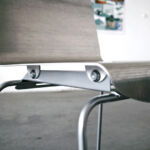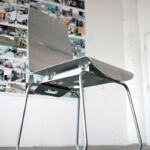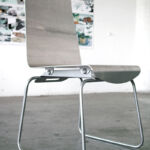Palm Springs Chair by Jones, Partners: Architecture
Project's Summary
The Palm Springs Chair, designed by Jones, Partners: Architecture, redefines the intersection of functionality and aesthetic appeal in modern furniture design. This innovative piece is a testament to the principles of modernism, showcasing that architecture transcends mere buildings. With a focus on the tactile relationship between the user and the chair, it embodies the essence of contemporary living while honoring the rich history of furniture design.
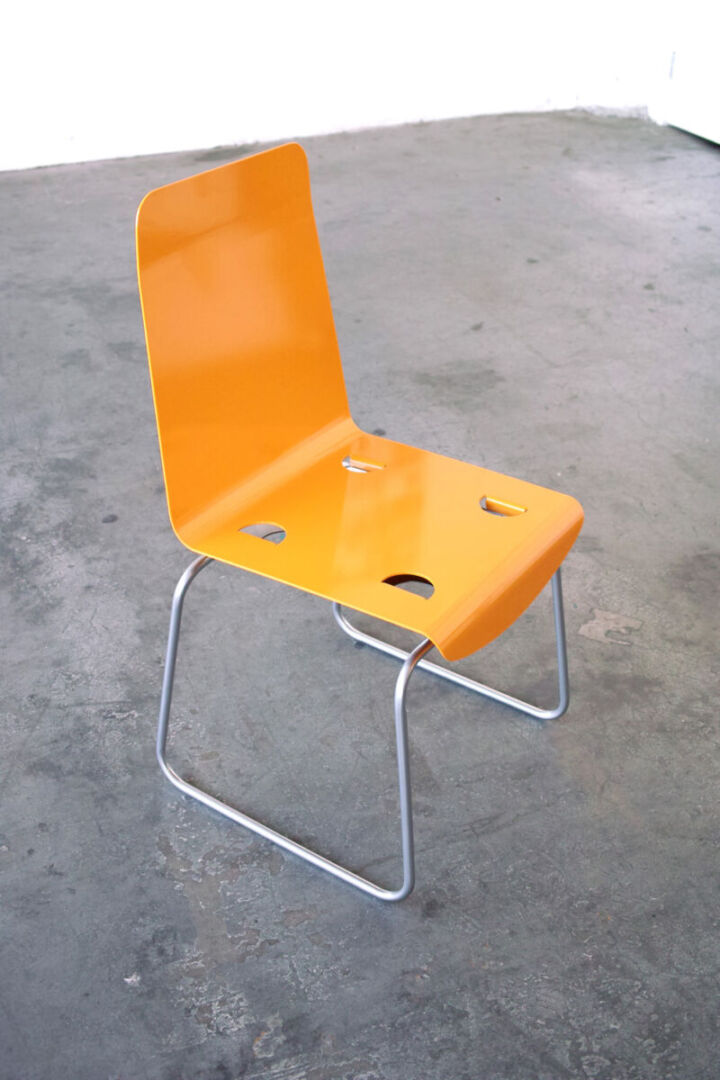
At the heart of the Palm Springs Chair is its construction from CNC stamped and folded 10-gauge steel plate. This choice of material not only ensures durability but also allows for a minimalist aesthetic that aligns with modernist ideals. The chair's profile is achieved through a meticulous process of folding and rolling, resulting in an elegant silhouette that captures the essence of modern design. The innovative use of materials is complemented by the chair's ability to adapt; different seat colors can be easily swapped out, enhancing its versatility and allowing it to seamlessly fit into various environments.
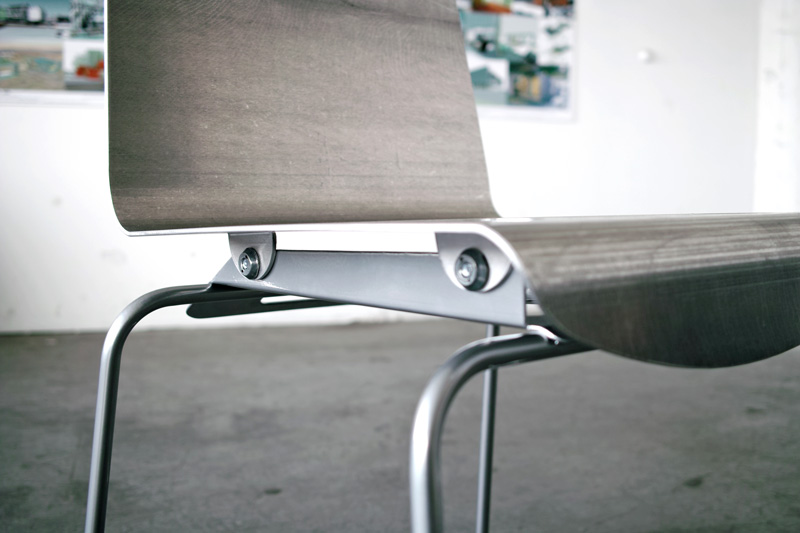
Furniture design is a delicate balance between innovation and tradition. The Palm Springs Chair exemplifies this balance by serving as both a functional workhorse and a statement piece. It invites users to engage with it, whether at a dining table or in a lecture hall. The chair's springy backrest and stable construction provide comfort without compromising on style. This duality reflects the broader dialogue in modern architecture, where form and function must work in harmony to create meaningful experiences.

Moreover, the chair stands as a symbol of how furniture design can reflect societal shifts and technological advancements. As architects and designers embrace new materials and technologies, pieces like the Palm Springs Chair become demonstrations of both artistic vision and engineering prowess. The interplay of light and shadow on the steel surface, along with the chair's sculptural quality, elicits a sensory response that connects the user to the space around them.
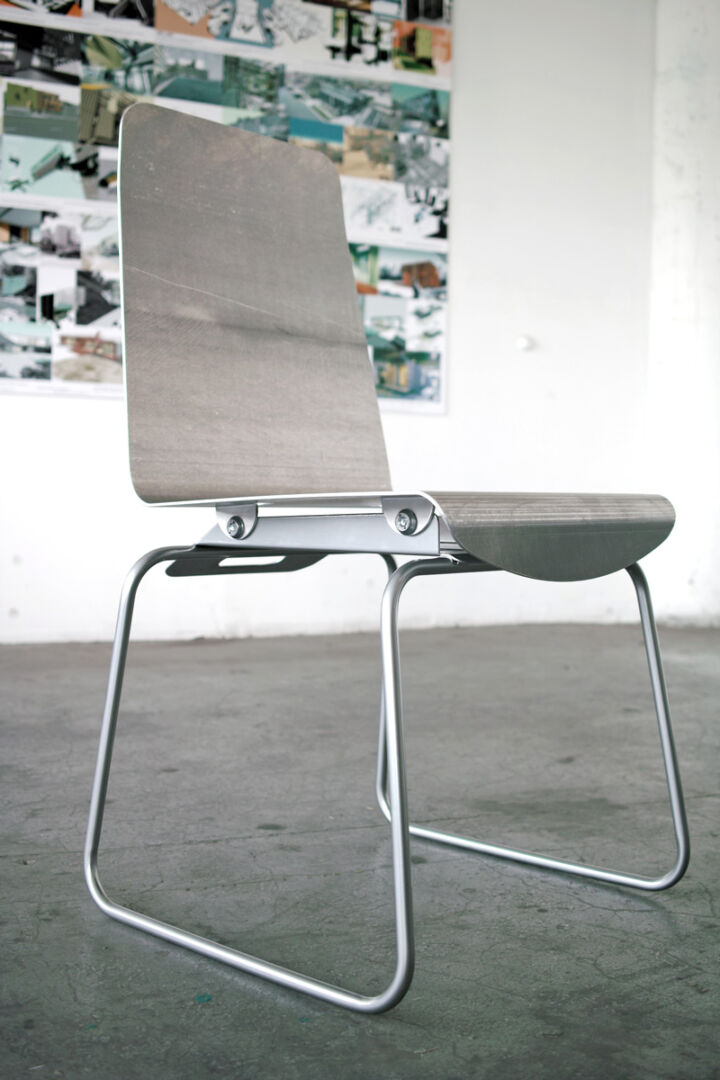
In conclusion, the Palm Springs Chair is more than just a piece of furniture; it is a celebration of architectural principles that resonate in our daily lives. Through its thoughtful design and innovative use of materials, it captures the spirit of modernism while remaining rooted in the timeless values of functionality and beauty. Jones, Partners: Architecture has created a chair that not only serves a purpose but also enriches the environments in which it resides, making it a significant addition to the dialogue of contemporary design.
Read also about the New Architectural Principle by Lab.Createrics project

